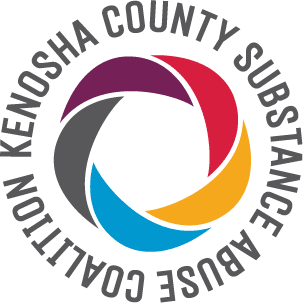 During an overdose, opiates overwhelm breathing receptors in the brain, interrupting a key part of the body’s impulse to breathe. Breathing slows dangerously or stops. Reversing this process quickly is crucial because, without breathing and oxygen, brain damage and death can occur.
During an overdose, opiates overwhelm breathing receptors in the brain, interrupting a key part of the body’s impulse to breathe. Breathing slows dangerously or stops. Reversing this process quickly is crucial because, without breathing and oxygen, brain damage and death can occur.
Quickly recognizing the signs of an opioid overdose and acting appropriately could make all the difference.
Signs include (remember the acronym BLUE):
- Breathing is very slow, irregular, or has stopped; may hear gurgling or snoring
- Lips and fingernails turn blue or purple
- Unresponsive - will not wake or respond to your voice or touch
- Eye (center) is very small — sometimes called “pinpoint pupils”
Not all of these signs will be present. If you see these signs, call 911.

If available, administer Narcan (naloxone hydrochloride). When used as directed, Narcan can reverse the effects of opioids — temporarily restoring breathing and wakefulness.
What is Narcan?
Narcan is a naloxone hydrochloride nasal spray. It is an essential, life-saving tool to reverse the effects of an opioid overdose.
An overdose can happen anytime, anywhere, to anyone. Addiction has no stereotype. You could save the life of a friend, relative, co-worker, or stranger.
Common opioids: Heroin, Oxycodone (OxyContin and Percocet), Fentanyl, Morphine, Codeine (Tylenol 3 and 4), Hydrocodone (Vicodin, Lorcet), Demerol, Buprenorphine (Suboxone), Methadone, Nitazene (Isotonitazene, Metonitazine, Clonitazene).